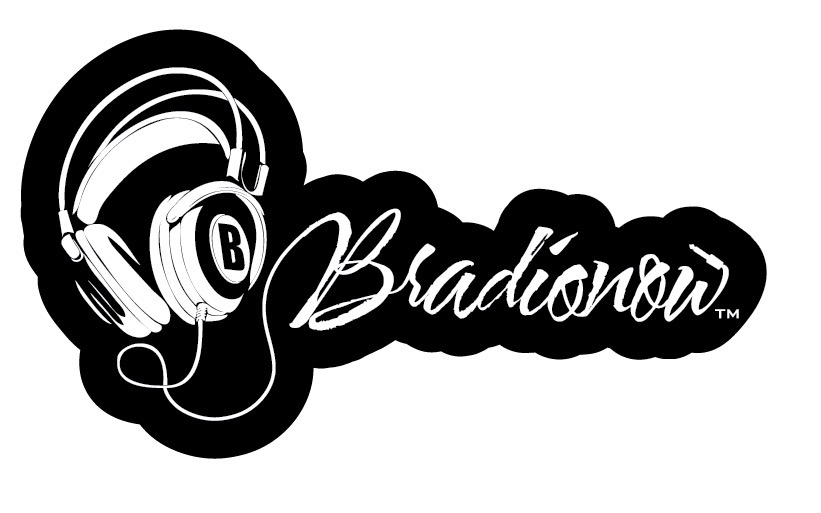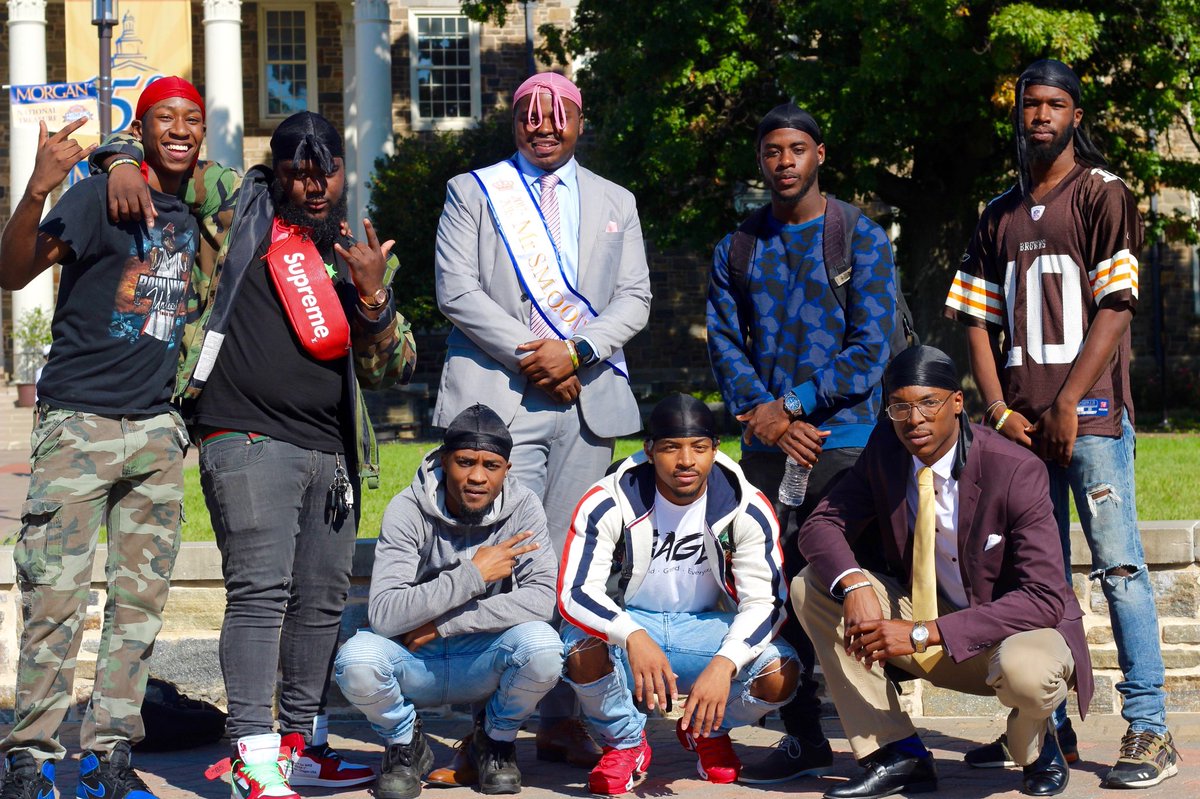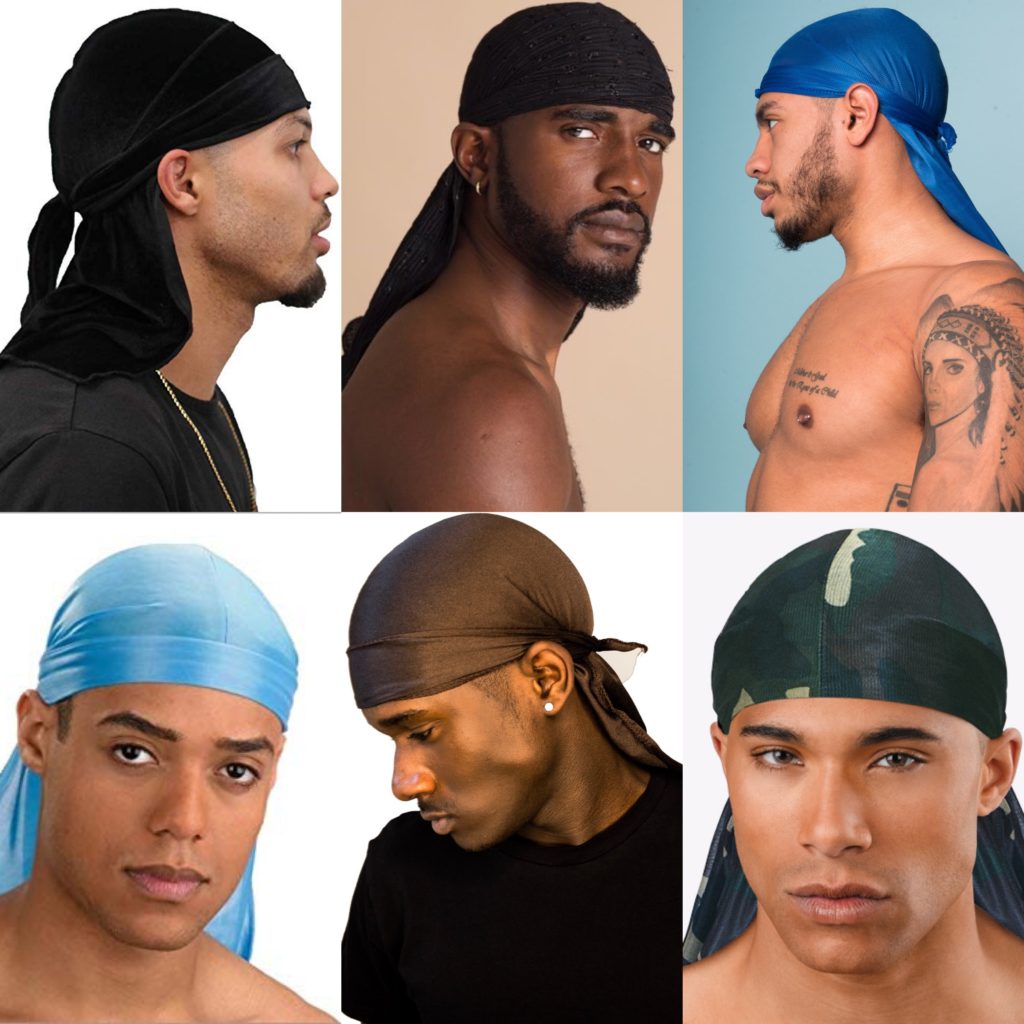
” The satin shield highlights our aestheticism and culture, while protecting our crown and glory.”
In my late teens, early twenties I remember watching a television show and hearing “the most important thing to a brotha is his barber.” That line resonated with me more ways than one: being that I am a direct extension [son] of a barber, who also has an uncle as a barber. A great grandmother who was a hairdresser, and a few cousins who also work in the haircare profession, in addition to myself. So, I knew exactly how true that statement was. However, a good barber equals a good haircut, but it’s the client’s personal home care that compliments the barber’s work. Hair products, hairbrush, and the du-rag are the essential items needed for each and every black man in order for his hair to be immaculate. And although hair brushing is prominent to the haircut, we all know that underneath the du-rag is where the magic takes place. This is what makes the du-rag the most important thing to a brotha.
In the 19thcentury du-rags were headgear worn by poor laborers and slaves. During the Harlem Renaissance and The Great Depression in the 1930’s, the du-rag then became a preserver for a hairstyle. Following the Black Power Movement in the late 1960’s the du-rag then emerged as a fashion statement in urban communities. So, throughout Jim Crow, and the civil rights movement, it appeared that the du-rag still remained the most important thing to a brotha.
I remember being a little boy and getting my little afro cut off very low because I wasn’t disciplined enough to keep my curls picked. It was my mother’s way of disciplining me for not taking care of my hair. Reiterating that, “I didn’t raise you to walk around here with your head looking like that. What do you think people will say if they see you looking like that?” I learned early on that the worst thing you can do is bring any sort of embarrassment to your family. For me, gallivanting around the neighborhood with unkempt hair was an embarrassment. Following my haircut, my head was greased and I was passed a hairbrush to brush my hair into place. That’s when I received a new lesson in responsibility. I was given a du-rag to cover my hair. I was schooled on how to wrap and tie it, and its ultimate reason for wearing it. Not totally unaware to what it was, because it was similar to what my mother wore before resigning for the night. It was pretty much the same thing my father began to wear after his shower cap phase came to an end. At first, he wore a cut-up pair of my mother’s old pantyhose, before transitioning to this thing called a “du-rag.” Needless to say, my haircut was a punishment that taught me a greater lesson that I would carry with me for life.
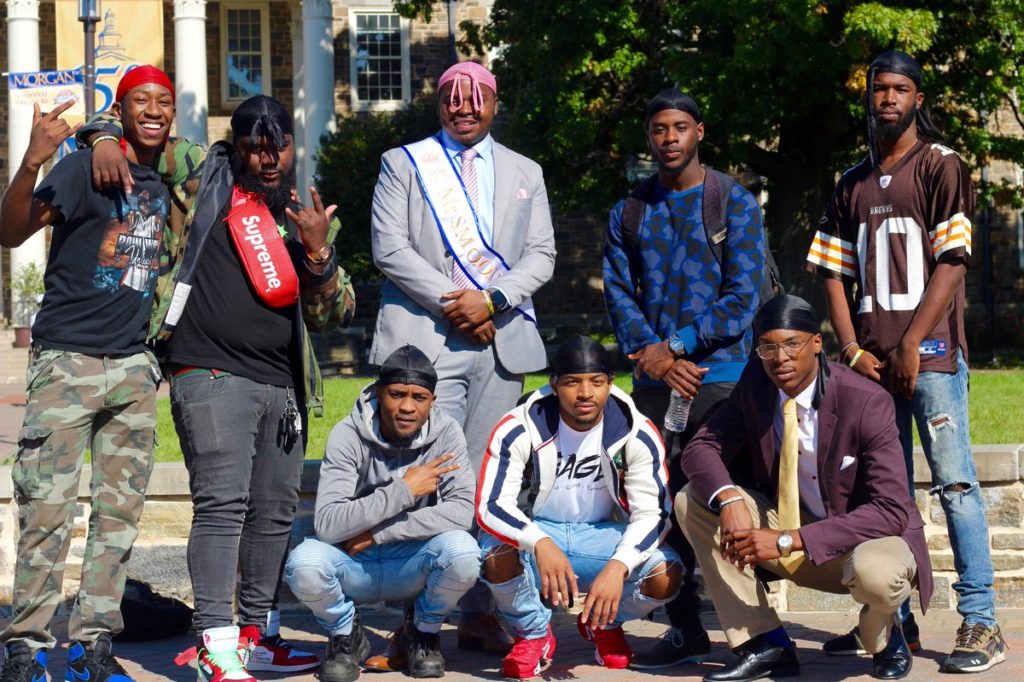
While my du-rag was teaching me a lesson in responsibility, I was learning the woes that accompanies wearing a du-rag. I quickly learned that by wearing one I needed to frequent the barbershop to keep the back of my head tapered. This way I’d avoid that patch of hair that the du-rag doesn’t cover becoming a mini afro. It was the hard way, but I soon learned the need to occasionally wash my du-rag to further not embarrass myself from the stench that lags. But no one had forewarned me that du-rags absorbance to oil can and will cause my skin and forehead to breakout. (As if puberty wasn’t already causing enough skin issues.) My poor forehead took the beating of acne breakouts, skin discoloration, and the godawful crease from the du-rag being tied too tight. However, I wasn’t reluctant to wearing it, because my grandmother’s words echoed and lingered in the back of my mind, “don’t no girl want a knotty head little boy.” She told me that in the 6thgrade and I carried that misinformed information with me through life, as my addiction to the barbershop became more severe.
There’s this indescribable experience that occurs after a fresh haircut, and the haircut’s “first shower.” You prepare for the transformation by washing your hair, putting your product in, and stroking that hair with an air of confidence. You wrap and tie the du-rag with grace and hope, as you wait out the necessary time for unveiling. During this process, the worries and woes of the world are gone. It’s all about this hair and what’s about to come. As I had navigated the woes from wearing my du-rag, that was nothing compared to what I was about to encounter. In junior high, I dated this Caucasian girl for a spell. Whereas I don’t recall our reasoning for parting ways, I do know that my du-rag was a constant issue for her. She couldn’t grasp the need for me to wear this “thing” on my head. She also lacked respect for personal space by always wanting to ruffle her hand back and forth over my head, destroying my waves that I spent hours brushing to perfection. I wasn’t sure if I was her boyfriend or her pet? Be that as it may, there was this one incident that occurred my senior year of high school that was awakening. It was the week of my senior prom. Knowing I was going to be busy with prom preparations and working that week, I had gotten my haircut that Wednesday afternoon. So, I did my usual routine. Wash, brush, and warped my du-rag to get my waves in formation. When I showed up for school late the following morning, I wasn’t able to disrobe my du-rag as quickly as I was my hat. I walked into homeroom and immediately began to get chastised by the teacher for wearing my du-rag while being in school. It was forbidden to have anything on our heads indoors. I tried informing him I was going to remove it, but he said I was giving him lip. All I was trying to do was make it to my seat before the bell, but it seemed he wanted to belittle me. He went into a rage, and all I know there were more than a few words were exchanged, and I was in the principal’s office getting suspended the day before my senior prom. That incident allowed me to see that more than the Caucasian girl I dated in junior high had an issue with my du-rag.
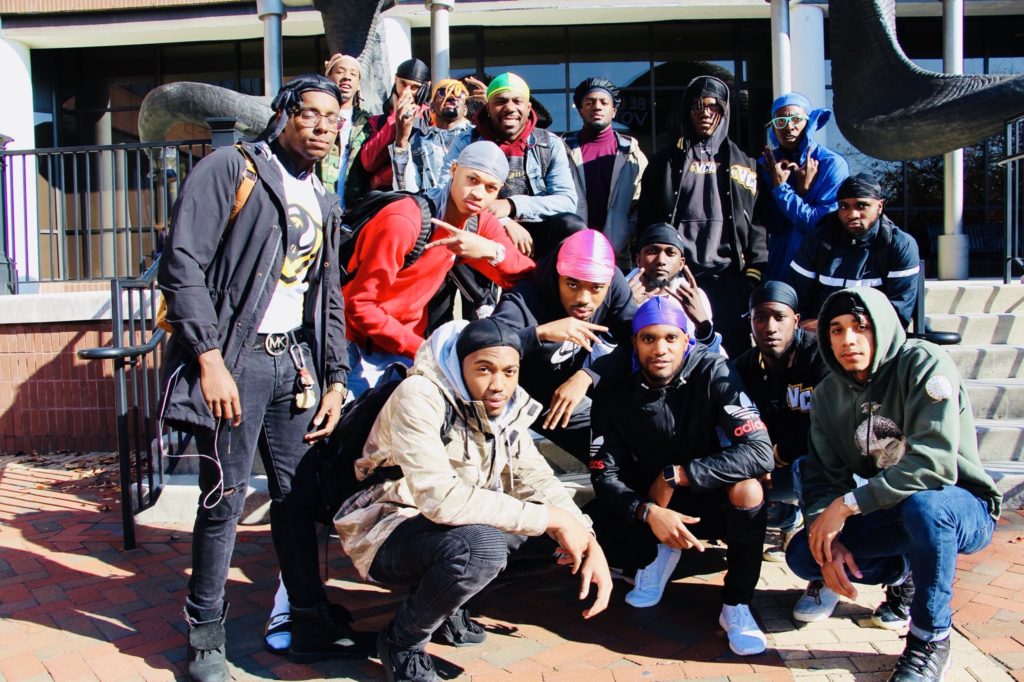
In the early 2000’s just about every rapper, male singer, and athlete traded in their waves for braids. Cornrows had become the staple in the African-American community. And with cornrows comes the need to preserve those cornrows by keeping them in tact with the du-rag. So, the du-rag took on a life large persona than its intended use. The du-rag had transformed itself into an accessory to accommodate every ensemble. Men began to wear them in an assortment of colors. America had no choice but to embrace the du-rag, because it was a phenomenon. But when the NFL banned players from wearing them during the games, and many colleges and universities followed suit by banning them on their campuses. The du-rag fad had gotten all tied up in knot.
“Our headpieces are a way of life…it’s somewhat our best friend, along with our hairbrush.”
What had now become a part of my identity had become an issue for so many. There was this stigma that surrounded the du-rag. It was deemed non-presentable and gang affiliated. I imagine that older men who wore them were viewed as shiftless; while young boys were labeled thugs, and troubled. I also noticed that the du-rag had become parallel to the baseball cap as the “NO DURAGS ALLOWED” signs began to emerge every place you frequented, which many translate as “we don’t want your kind here.” By then I had become reluctant to wearing it in public. I wanted the stares from bystanders to stop, but ultimately, I started disguising my identity, by hiding my du-rag just to feel safe and to please others.
Recently I was speaking to a female friend of mine, and I asked her if she ever had someone who’d taken an issue with her wearing her hair scarf. She replied by saying, “from some guys I dated, yes. I can usually tell what kind of women they’ve dated in the past by the way they respond to me wrapping my hair up at night. I can tell the ones who’ve dated white women, and are clueless to why I even wear it, and the ones whose mother or sister doesn’t take care of their hair. I had this one dude [black man] who asked me where my scarf was in the early stage of us dating, when I tried to come to bed cute.” Our conversation reinforced once again, this isn’t something that black men experience alone. The du-rag is equivalent to the headscarf that black women use at night to keep their hair intact. Our headpieces are a way of life. We wear them every night whether we’re sober or drunk. We’ve all experienced a night where we had to focus just a little bit more to tie our hair up before bed. Our headpiece is somewhat our best friend, along with our hairbrush.
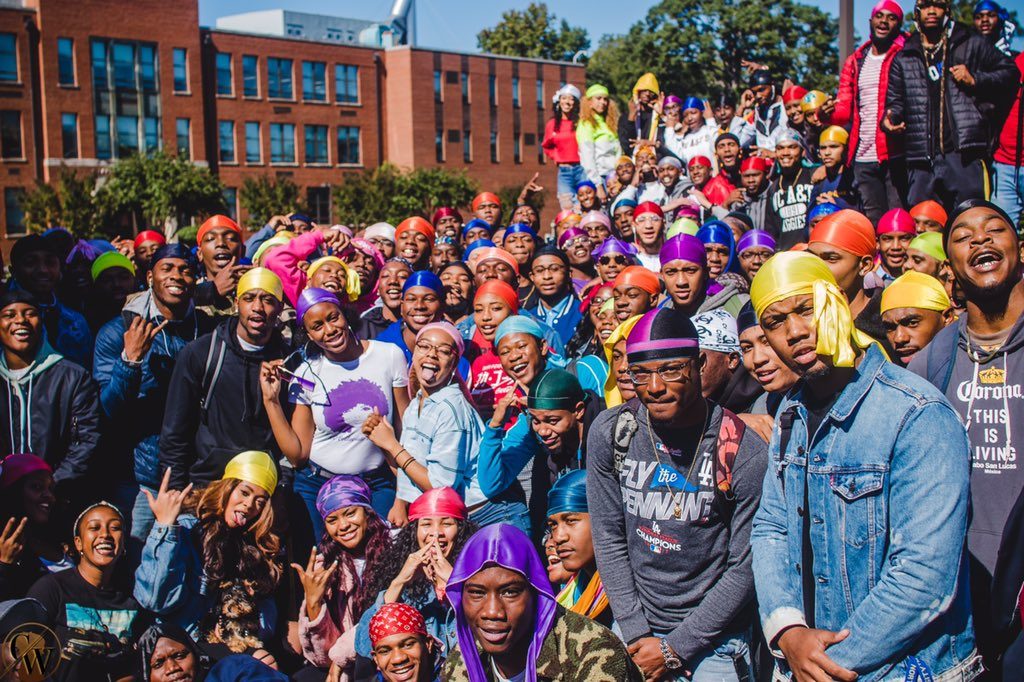
It’s nice to see that the need of the du-rag hasn’t died. The new generation has found a new way of tying them, because they’re not tying them the way I was taught, at least the ones that are wearing them. I’ve also noticed the du-rag is somewhat being replaced by the twist and curl sponge brush. That seems to be what the new generation has leaned more towards. They’ve traded in their du-rag and waves for a more natural look. However, there are still many who love the power of the du-rag. In the recent two years many HBCU students have curated, and participated in National Durag Day to celebrate empowerment. Back in 2015 #DuragHistoryWeek began on Twitter, where many tweeted out facts and history surrounding the du-rag. This was before the actual day was declared in September of 2017. In 2018 National Durag Day was celebrated on numerous college campuses on October 5th, and this year we can expect more African American men and women to participate in the celebration of reclaiming our cultural friend!
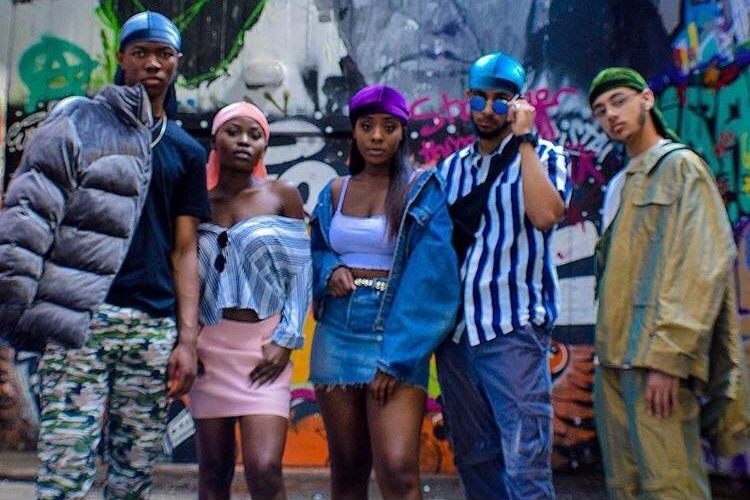
When I was first introduced to the du-rag who knew it would become an extension of my confidence? I wouldn’t have guessed that I’d wear it like amour. It started out as something I had to wear if I wanted a haircut. Its need was to preserve my haircut, or “keep it fresh,” but in the end, I became part of a community because I wore one. The du-rag and headscarf are part of the black diaspora. The satin shield highlights our aestheticism and culture, while protecting our crown and glory. Even through my rebellious period when I didn’t want to wear one anymore, I still owned two. As I grew older I learned that far too many people who don’t understand the need for anything unusual from their normal circumstance, will have an issue with your normal lifestyle. But as for me and my du-rag, it’ll forever be the most important thing to this here brotha, until the inevitable occurs (balding) and our friendship fades, and becomes a distance memory.
SUGGESTED: Why I Had to Leave My Church
